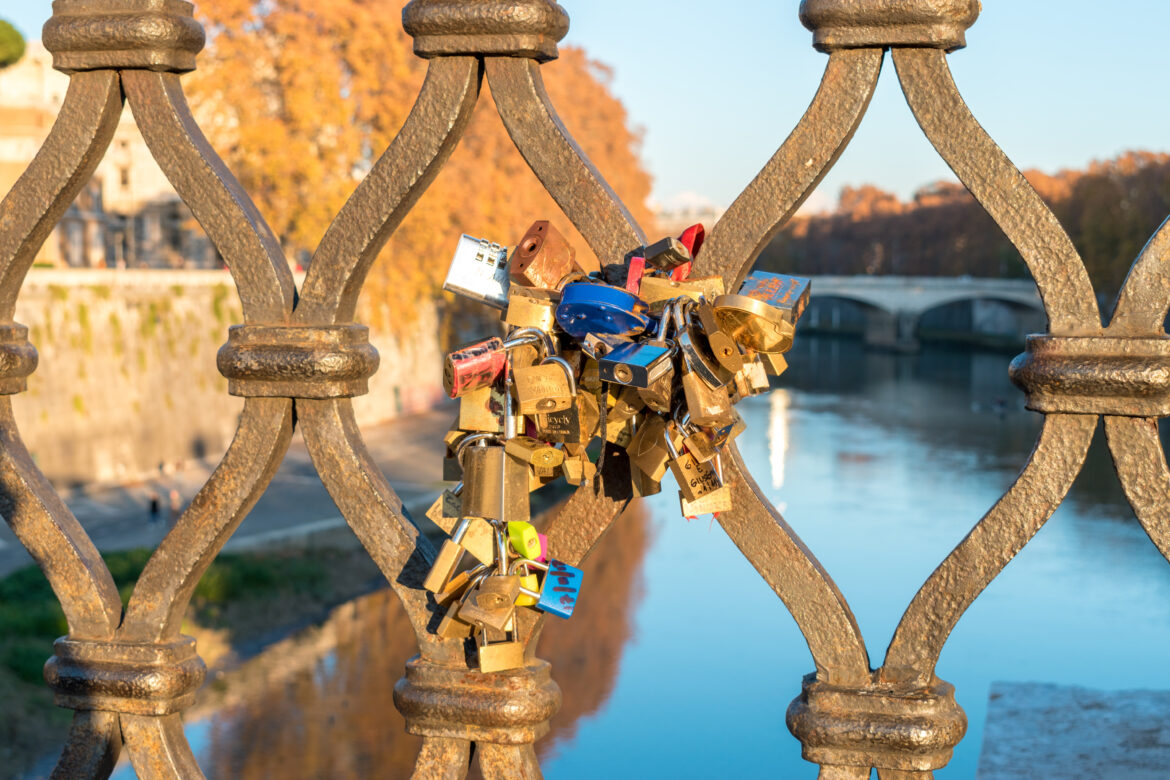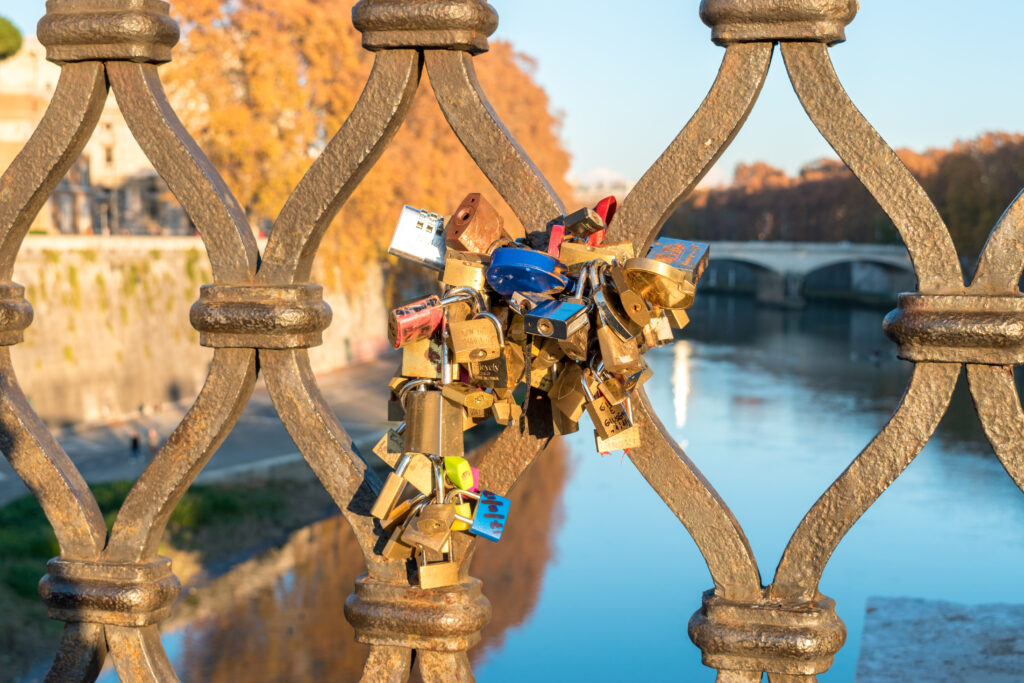Caterina Bon Brenzoni was a woman of rare literary talent and deep sensibility. A poet and writer, she became a central figure in Verona’s cultural life during the 19th century. Her story is one of passion, sorrow, and resilience, leaving a poetic legacy that still echoes through the city’s historic streets.

A Life Marked by Art and Loss
Born in Verona on October 28, 1813, Caterina grew up in a noble family during the Napoleonic rule. Her father, Count Alberto Bon, passed away when she was just three years old, leaving her in the care of her strict and demanding mother, Marchesa Marianna Spolverini. Seeking to instill discipline, her mother sent her to study in a convent, a common practice for young noblewomen of the time.
However, even in such a rigid environment, Caterina’s literary gifts began to emerge. Upon returning home, she was mentored by Father Angelo Bianchi, who nurtured her love for literature and poetry. At just eighteen, she married Count Paolo Brenzoni, an art enthusiast and member of a recently ennobled family. The couple settled in a prestigious palace in Verona’s historic center, where Caterina began to cultivate her intellectual and artistic passions.
A Literary Salon in Verona
Tragedy struck Caterina’s life early on. In 1833, she gave birth to a son, Giuseppe, who tragically passed away the following day. A year later, she had another son, Alberto, who also died at just two years old. These immense losses deepened her natural melancholic disposition, yet she channeled her sorrow into literature, creating poetry rich in emotion and reflection.
Despite her grief, Caterina transformed her home into a renowned literary salon, attracting Verona’s finest intellectuals and aristocrats. Writers, poets, and scholars gathered there to discuss ideas, literature, and philosophy. Among her close acquaintances were notable figures such as Giuseppe Zamboni, Francesco Paolo Perez, Giovan Battista Carlo Giuliari, and Cesare Betteloni. It was a time of cultural flourishing in Verona, and Caterina was at its heart.
Illness and Legacy
In 1845, after returning from a long journey, her husband found Caterina gravely ill. She underwent extensive treatments, but her health continued to decline. She passed away in her beloved Verona on October 1, 1856. Deeply devoted to her memory, her husband ensured that her writings were published posthumously, preserving her poetic legacy for future generations.
Explore Verona with City Sightseeing Italy
To truly experience the Verona that inspired Caterina Bon Brenzoni, take a journey through the city with the City Sightseeing Italy Hop-On Hop-Off Bus.
Begin at Piazza delle Erbe, where Verona’s aristocrats once gathered, much like those who attended Caterina’s literary salon. Then, visit the Church of Sant’Eufemia, where Caterina married Count Brenzoni, marking the beginning of her new intellectual and artistic life.
A stop at Castelvecchio will give you a glimpse into Verona’s artistic heritage, one that Caterina and her husband deeply admired. Lastly, take in the beauty of the Biblioteca Civica di Verona, home to her bust in the Protomoteca, a tribute to her literary contributions.
With the City Sightseeing bus, you can explore Verona at your own pace, immersing yourself in the atmosphere that once inspired one of its greatest poetesses.
A Poetess who lives on
Caterina Bon Brenzoni’s life was filled with both artistic brilliance and personal sorrow, but her legacy remains vibrant. Her poetry, her passion for literature, and her influence on Verona’s cultural scene ensure that her name is not forgotten.
As you journey through the city, whether walking its charming streets or admiring it from the City Sightseeing Italy Bus, take a moment to reflect on the powerful words of a woman who turned pain into poetry and left an indelible mark on Verona’s history.















